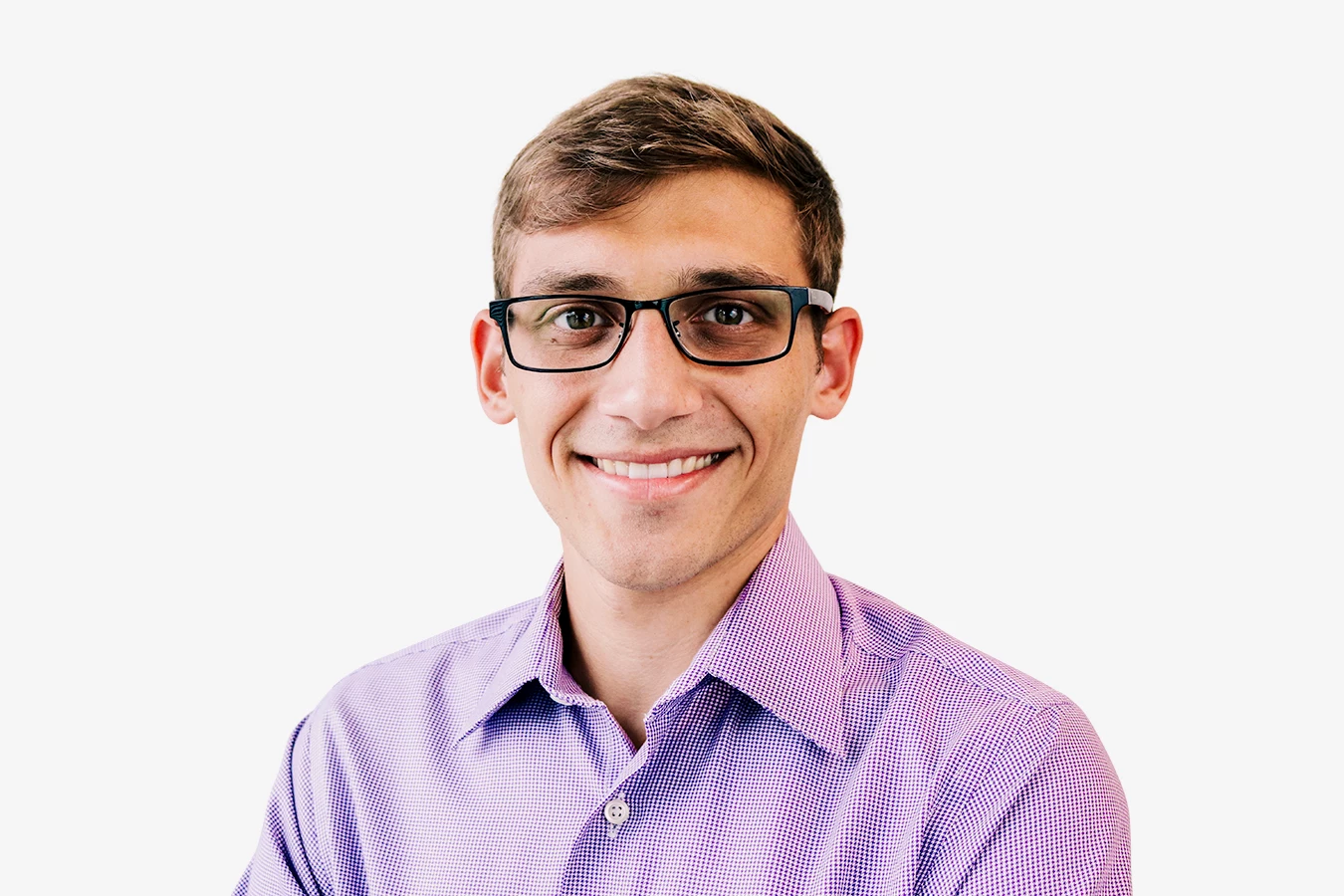One recent study of subnational data in 134 countries found that a one-degree increase in temperature leads to a 9.1 percent increase in extreme poverty and a 0.8 percent increase in inequality, as measured by the Gini coefficient. Another study estimated the number of people falling into poverty due to climate change by 2030 to be between 32 million and 132 million in most scenarios.
Yet, poor countries and poor people contribute the least to global warming. By comparing countries’ emissions with their extreme poverty rates, we can see the disconnect between the global extreme poor and the countries behind the highest levels of emissions.
We use poverty projections to 2023 (poverty nowcasts) from the recently updated Macro Poverty Outlook (MPO).1 These nowcasts are derived by combining the most recent household survey data with additional information, such as nowcasts of economic growth, and using a range of tools including microsimulation models. These nowcasts reflect the most up-to-date information we have on poverty trends.
High-income countries, which tend to be the highest emitters, have largely eliminated extreme poverty. Yet all countries, whether they are high- or low-income, face a future that requires less carbon intensive growth and a quicker path towards net-zero emissions. A recent World Bank report shines a light on how emissions can be lowered, highlighting 25 successful policies spanning countries around the world.






Join the Conversation